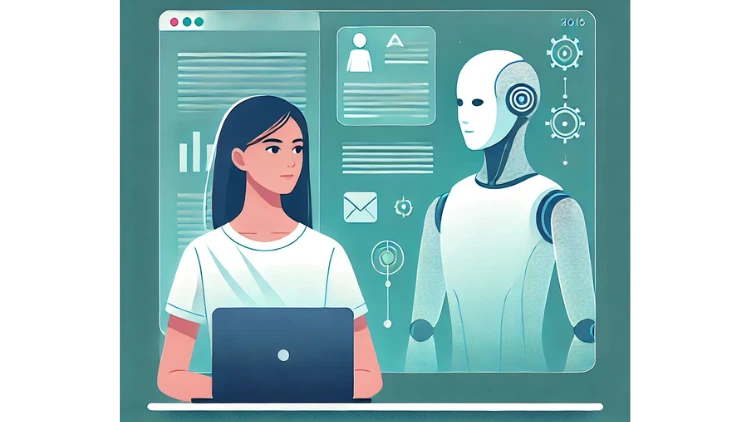How Teams with AI Agents and Humans Will Work Together

More and more evidence points to a future where humans and AI agents collaborate closely at work. These agents — autonomous software tools that remember context, use systems, and act with little oversight — are no longer just assistants. They’re becoming fully-fledged contributors to team performance.
But how does this actually play out?
A large-scale study using the MindMeld platform tested this by assigning 2,310 participants to either human-only or human-plus-AI teams. Each team worked on marketing campaign tasks involving both written and visual content. The experiment tracked communication, productivity, and quality of output.
The results were striking.
Jump To Section

Earn As You Learn
Earn 25% commission when your network purchase Uplyrn courses or subscribe to our annual membership. It’s the best thing ever. Next to learning,
of course.
Human-AI Teams Delivered 60% More Output Per Person
Hybrid teams outperformed their human-only counterparts by 60% in terms of output per individual. What’s more, working with AI shifted how tasks got done. Humans in these teams spent 23% more time crafting content and 20% less on editing. Edits required on AI-generated copy dropped by 84%.
But AI’s Strengths Aren’t Uniform
While AI boosted copywriting tasks, image quality suffered. Ads with AI-written text and human-generated visuals performed best across 5 million impressions. This underlines the ongoing need for human judgment in areas requiring aesthetic or brand-sensitive decisions.
AI Personality Design Matters
The study also explored how different AI “personality traits” influenced results. Teams where conscientious humans worked with “open” AI agents — programmed to be exploratory and flexible — created better visuals. On the other hand, poorly matched traits (e.g., overly dominant or passive pairings) led to weaker outcomes.
Key Takeaways for Business Leaders
- Redesign workflows to reduce coordination overhead and enhance decision speed.
- Shift human roles toward oversight, creativity, and strategy.
- Configure AI personalities thoughtfully to complement team dynamics.
AI agents are already co-creating documents, content, and campaigns. As their role grows, designing systems that support effective human-AI collaboration becomes a strategic imperative.
Ready to explore this shift in your own team? Read the full blog post here.


Leave your thoughts here...
All Comments
Reply